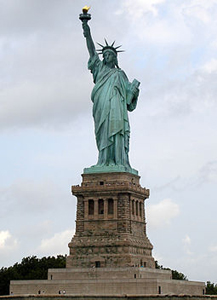1939-1960
1939-1947
In 1939, aggression from Germany and Japan against their neighbors was pushing the world to the brink of war. The League of Nations hadn't the necessary clout to stop these members. Even so, the United States, England and France were still recovering from the Great Depression and rebuilding, leaving them less than ready to deal with those who were ready to go to war. Government leaders of the time had difficulty grasping the import of events involving Japan, Germany and Italy. The peace world leaders had hoped would prevail after World War I was falling apart around them. World War II lurched into a full scale global conflict that finally ended when the United States dropped hydrogen bombs on Hiroshima and Nagasaki, Japan.
Rebuilding Germany under the Marshall plan got under way as the soldiers, airmen, reporters, nurses and new spouses came home and life went on. Japan also began to rebuild.
With the signing of the peace treaties, a new global organization was formed with the hope this time it would be able to prevent another such devastating war.
1948-1960
Harry Truman was president, life in the United States was settling into a routine and children were being born. Unfortunately, the new United Nations was tested by Communist China as it rolled into North Korea with an eye on South Korea. Once again, troops were deployed but in smaller numbers.
Stalin and his immediate successor, Nikita Kruschev, began flexing the USSR's muscle with various tactics. The Cold War of propaganda and spycraft became news and fiction.
Gen. Dwight D. Eisenhower was elected President in 1952 and for 8 years was the "leader of the free world". His years in the oval office had their problems, but overall, he was a popular leader. The nation's economy grew and with many veterans taking advantage of their educational benefits, individuals who might not have received a college education and or training in newly developing skills. To the people, this felt like a prosperous time.
However, the people who lived in these times are in the best position to tell the human side of the story. Many Americans growing up between 1947 and 1960 heard stories about the Depression and World War II from their parents or grandparents. These were not the information sanitized for classroom use presented in history books. You are invited to share your experiences or those of a loved one of life in America between 1939 and 1960. Please contact us about submitting your article.
If you see a veteran or first responder from this period, please take a moment to thank them for answering their country's and/or community's call to service. These men and women are our living heroes.
Final Roll Call
The images that will appear below were taken in various locations and by a number of people. They honor those who were killed in action or age simply caught up with them. Please take a moment to reflect on their sacrifices and those of their families.

